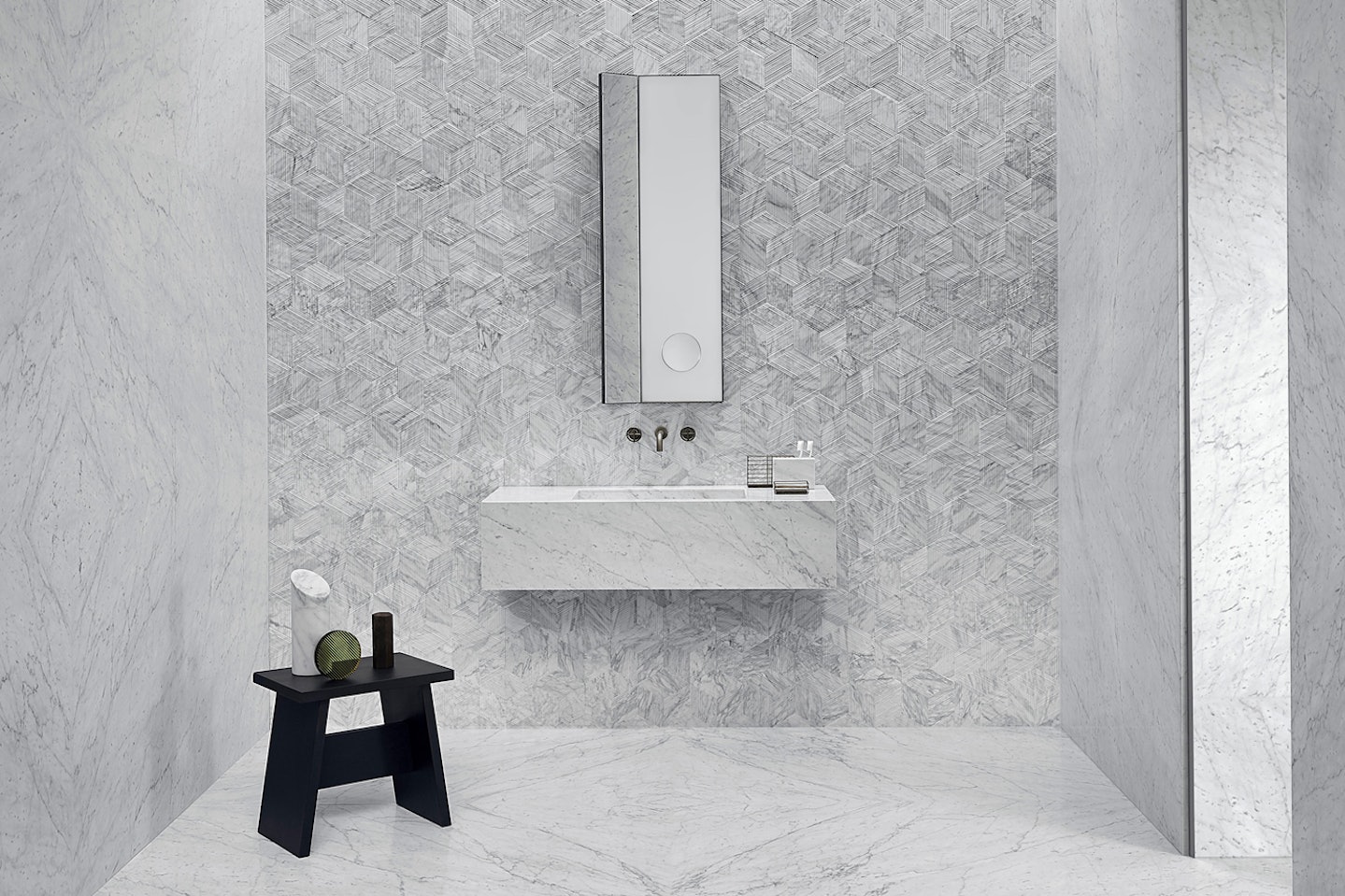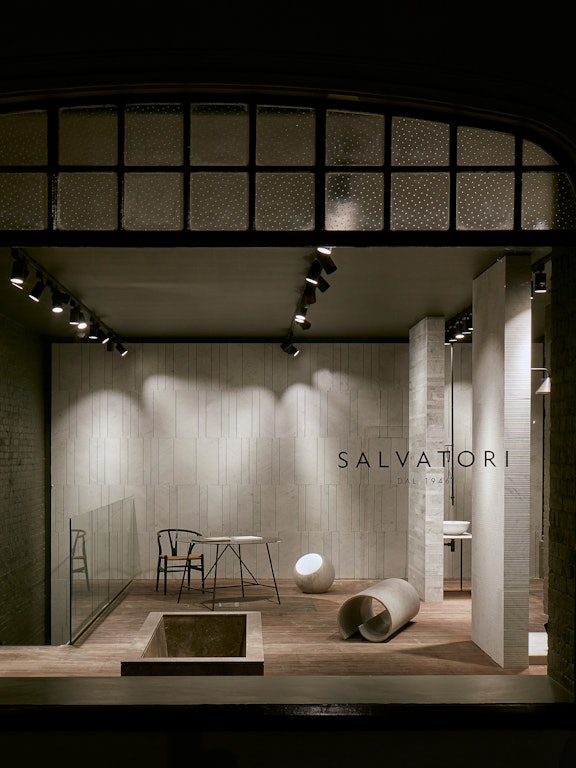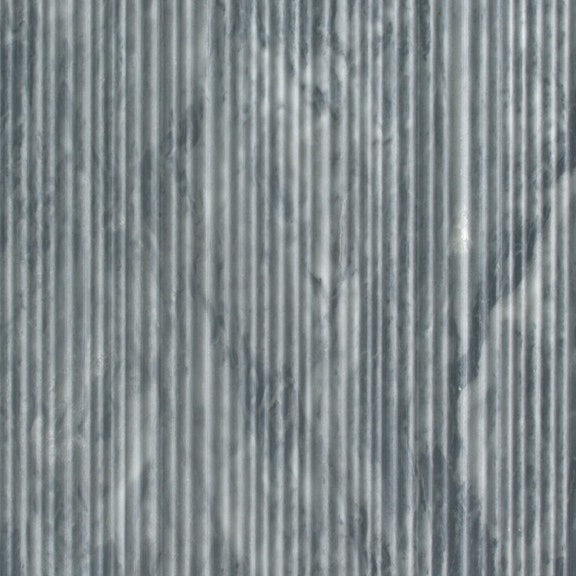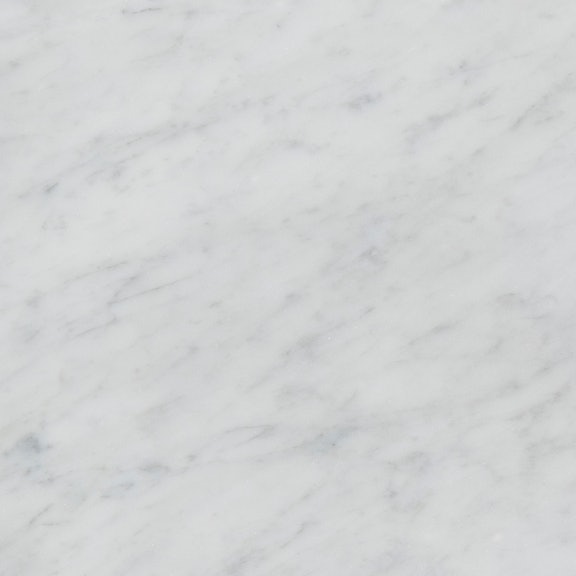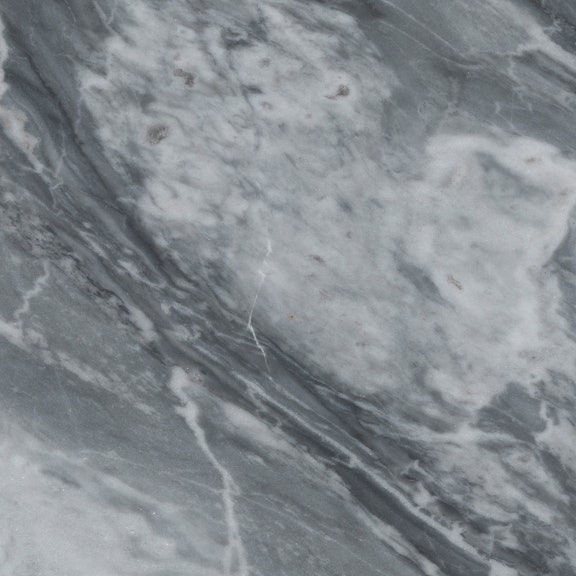Open Book Marble: what is it and how it’s made
03.2022
Find out what an “open book” marble is
Let's discover together the unique qualities of Open Book Marble
Marble processing has ancient origins, dating back thousands of years. The artisan craftsmanship of the stone industry has always been recognised and appreciated around the world.
Long before the development of technologies which allow intricate and complex stone processing, artisanal experimentation invented innovative processes. One of the best known and most appreciated of these is macchia aperta or – as it is more commonly known in English – open book marble.
But what do we mean when we talk about open book marble? How is it created?
Let’s find out together, while also discovering the best marbles with which to make it and when this type of processing is particularly suitable.
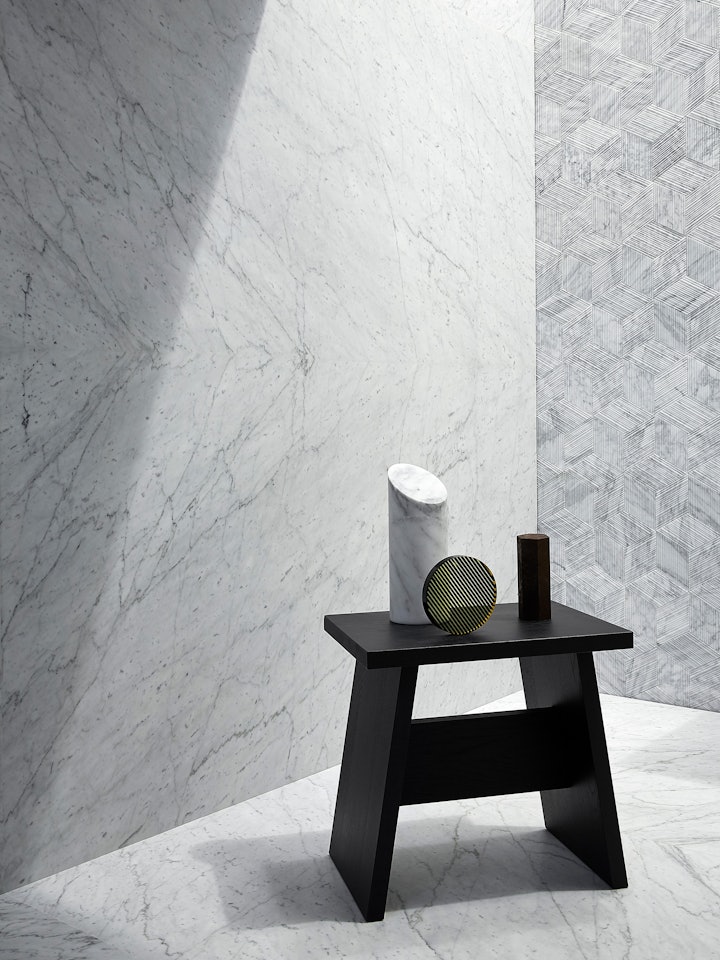
What is Open Book Marble?
Open book marble is a technique for both processing and installing a marble wall or floor covering.
It is a very special type of processing, whereby the veins of the marble slabs are able to create a pattern together, generally in the shape of a diamond: the result is a distinctive geometry and absolutely unique.
The slabs of a single block of marble are opened up and placed side by side as if they were the pages of a book, in order to create a harmonious and large design: it is no coincidence that the English term for “macchia aperta” marble is “open book” or “book matched”.
In order to achieve an organic and striking effect, it is preferable to use large segments when working with open book marble, so that the entire grain can be laid.
In the past, when the technologies of the stone industry were not yet highly developed, open book laying made it possible to create unusual decorations. In this way, the traditional marble texture was renewed and reinvented.
But how is open book processing carried out today? Let’s find out together.
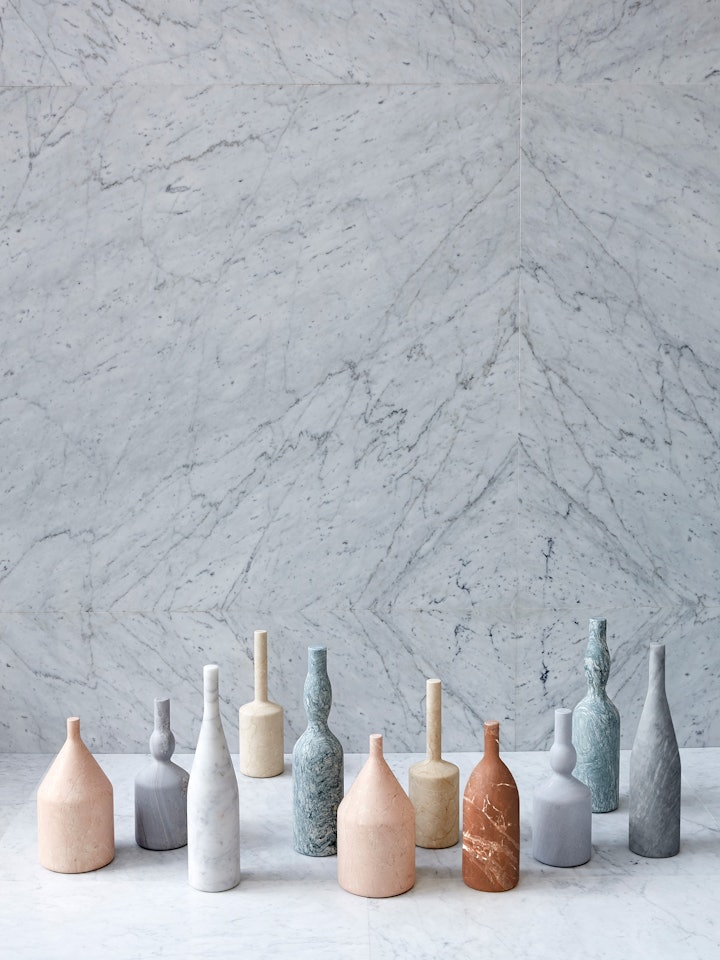
The processing phases of Open Book Marble
As we have already mentioned, making an open book marble floor requires a very special kind of workmanship. Producing it is not as easy as you might think, but requires a great knowledge of the material and artisanal craftsmanship techniques.
But what are the steps in this production?
The process starts with the raw marble as the block must be carefully chosen and selected. Only an expert eye knows how to assess any possible, even minor, structural defects that may undermine the work. Later we will see how not only a structural defect but also the type of marble influences this first decision.
Once examined and carefully chosen, it is necessary to proceed to the cutting of the marble block, through the so-called sawing process.
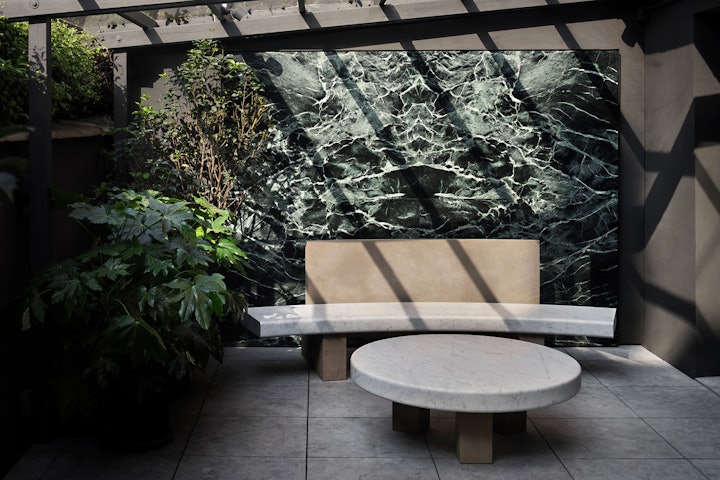
Once the various slabs of marble have been cut, following the line of the veining, it will be necessary to mill and polish the marble in an alternating manner.
The front side of the first slab of marble is polished, then the back side of the second slab is polished to create the mirror. This is the most important phase, which then allows a designed effect to be created in the laying phase with the stone.
At the moment of laying, the slabs are pre-positioned in the factory, numbered progressively and placed side by side in mirror form to recreate a perfect design, which runs without interruption along the veins of the marble.
The value of craftsmanship, incomparable for us at Salvatori, is indispensable throughout the processing of open book marble.
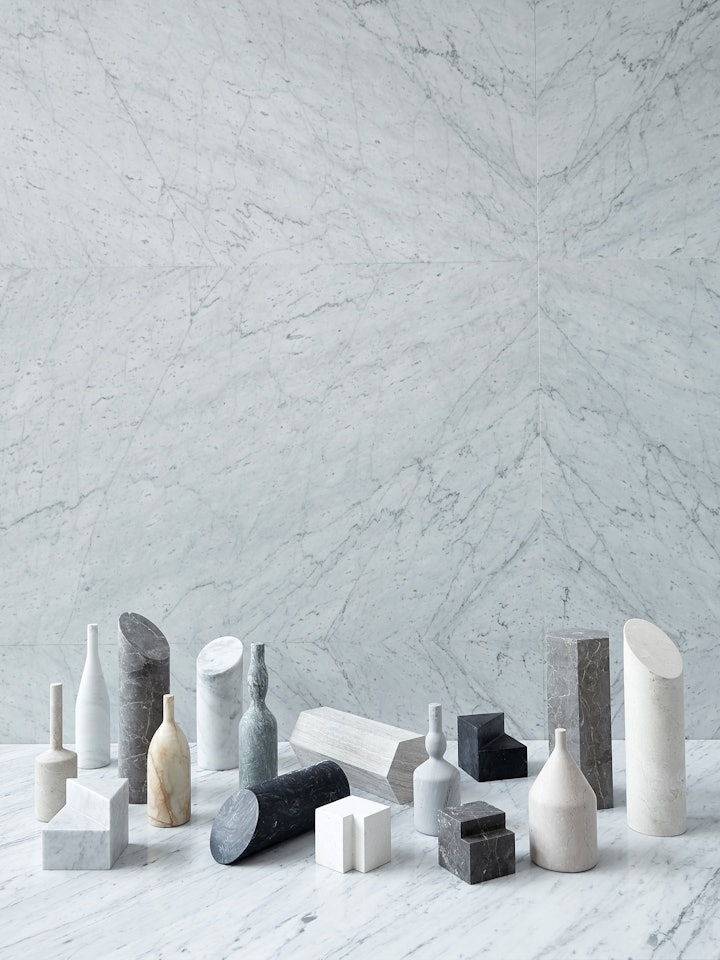
The most suitable materials for Open Book Marble
As we have previously discussed, the evaluation of the suitable block of marble must not only take into account possible structural defects, but also the type of marble in question.
Indeed, not all marbles are appropriate for this type of manufacturing process. It is necessary to choose particularly veined stone or oriented as an experienced craftsman would say: only in this way will it be possible to obtain a mirror design with decisive and defined tones.
Marbles such as calacatta, arabesque, onyx or quartzite are particularly suitable for the open book technique: characterised by imposing veins, they render clearer and more visible designs.
For well-defined effects, Salvatori marbles such as the deep Nero Marquina, the warm Giallo Siena, the brilliant Rosso Francia or the elegant Verde Alpi are excellent. If a softer effect is desired, choosing a precious marble such as our white Bianco Carrara is perfect.
For a more original design, choose a stone like Silk Georgette®, which is characterised by long, straight veins and allows you to create designs that are more square than diamond-shaped.
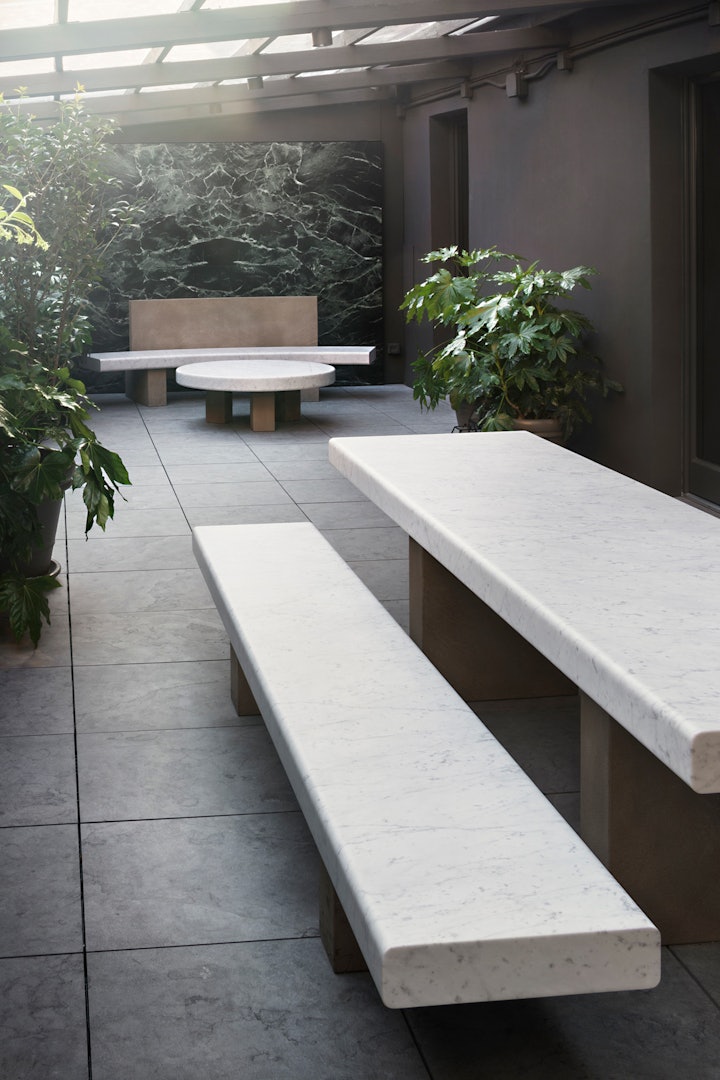
Open Book Coverings: Pros and Cons
After having seen the technical characteristics of this processing technique and which marbles are best to use with it, let’s try to understand the pros and cons of this processing.
A surface covered with an open book technique will certainly create a great visual impact: majestic and imposing, it easily embellishes any environment in which it is placed.
Perfect for an accent wall, it can be installed in any room: behind the headboard, in the living room or even in the bathroom, to highlight a beautiful freestanding bathtub.
It is a very prestigious process, both for the aesthetic effect and for the great craftsmanship it requires: remember that from the choice of the block to the execution of the laying, the work of experienced craftsmen is essential to achieve a harmonious and beautiful finish.
Its grandiose and striking appearance, however, does not lend itself to all types of decor: for rooms with a classical look, where you decide to give the wall or floor a leading role, it is perfect. The coverings in this case become a definite part of the room’s decoration.
However in the case of more modern environments, where a search for homogeneity and neutral tones prevails, such a prominent choice is not recommendable: it is better to choose more linear finishes, which contribute to the minimalist effect so sought after by contemporary interior design trends.
Its grandiose and striking appearance, however, does not lend itself to all types of decor: for rooms with a classical look, where you decide to give the wall or floor a leading role, it is perfect. The coverings in this case become a definite part of the room’s decoration.
However in the case of more modern environments, where a search for homogeneity and neutral tones prevails, such a prominent choice is not recommendable: it is better to choose more linear finishes, which contribute to the minimalist effect so sought after by contemporary interior design trends.
